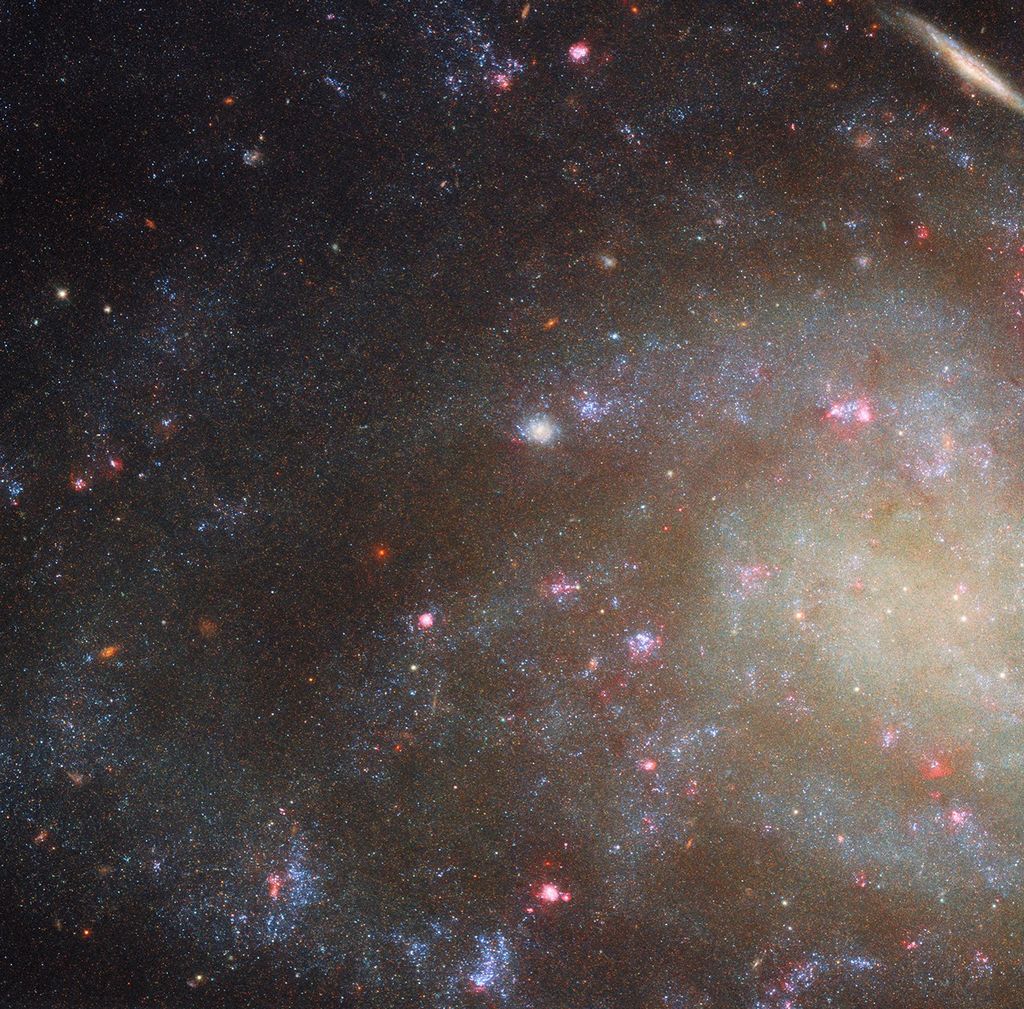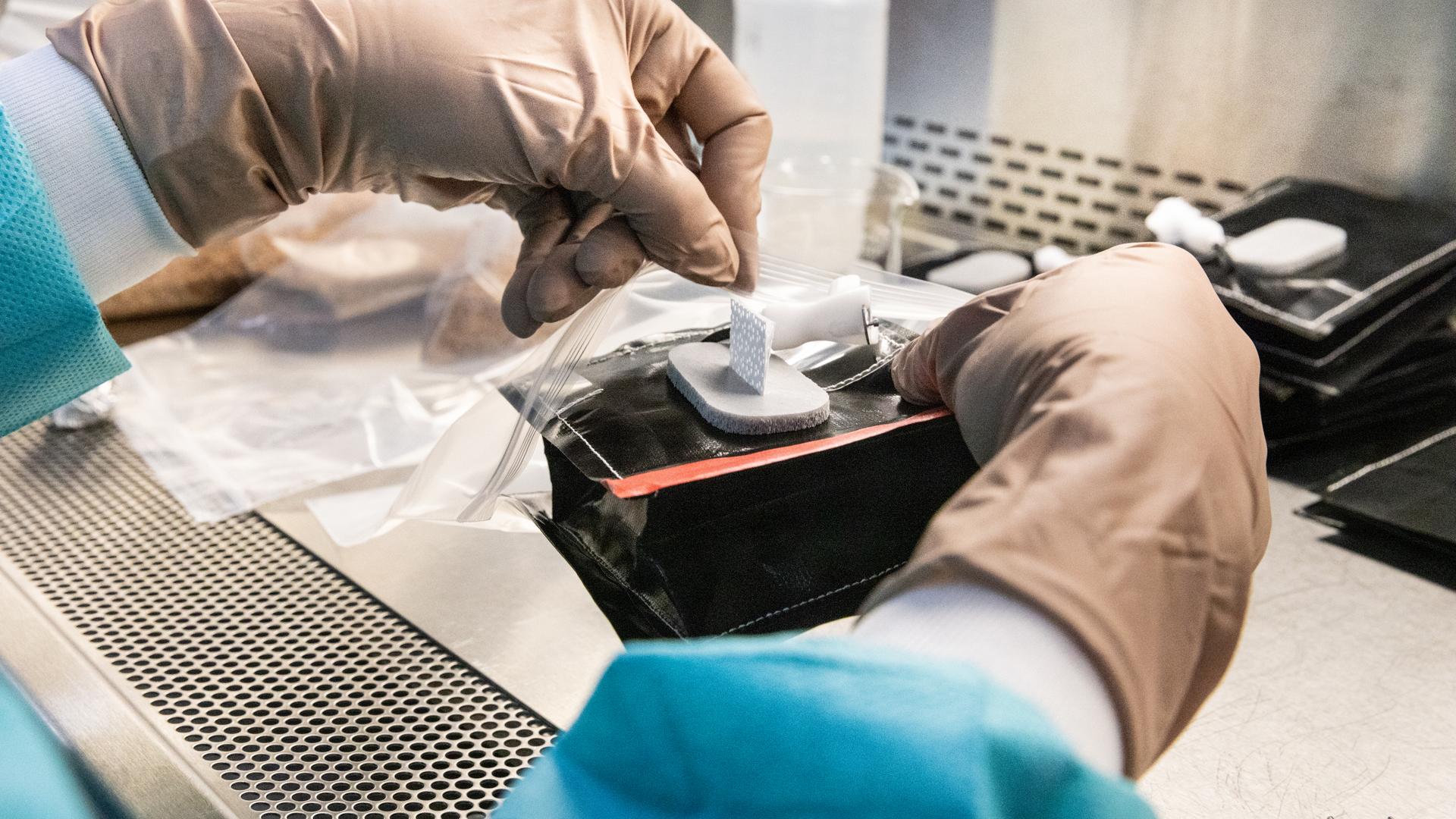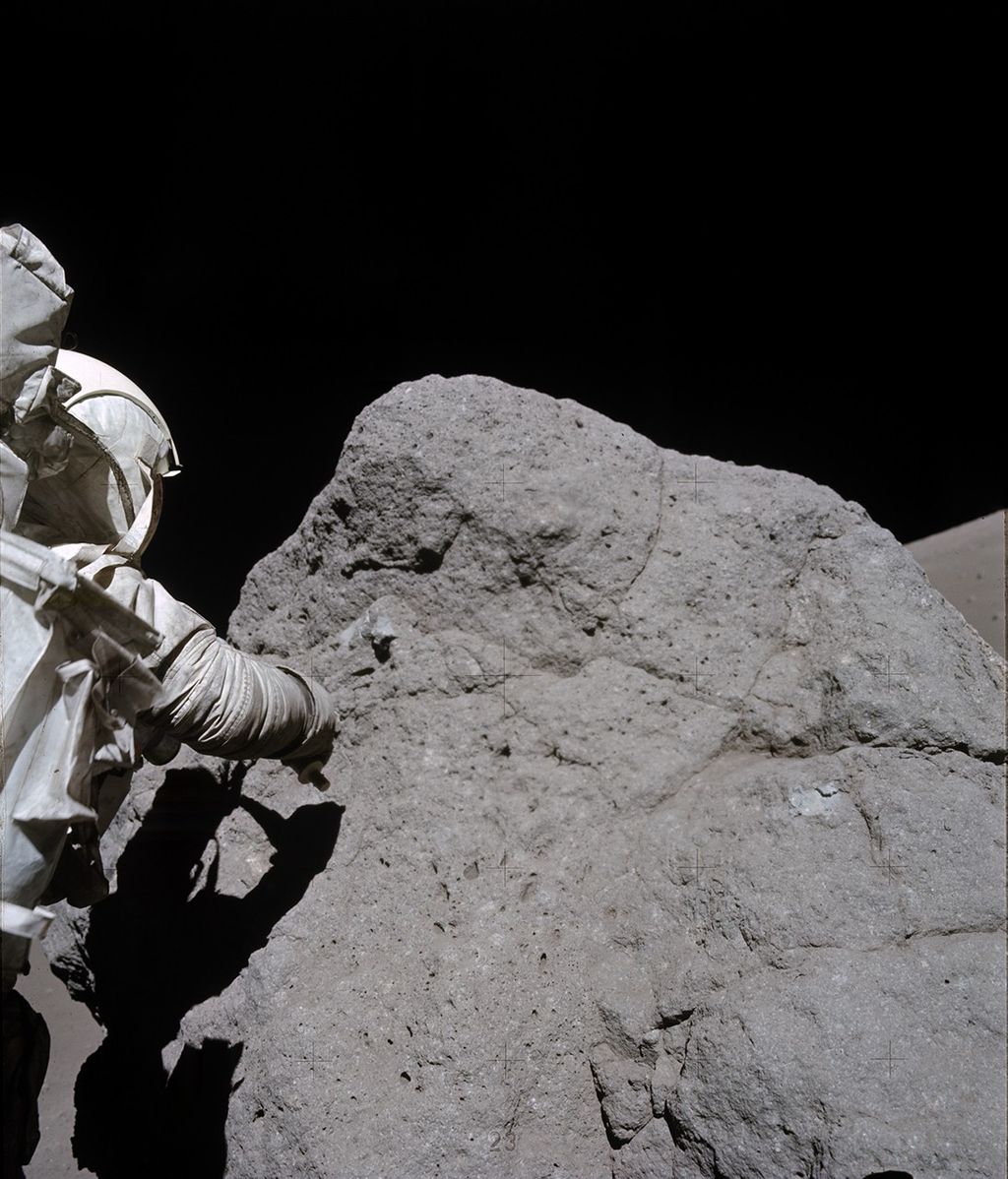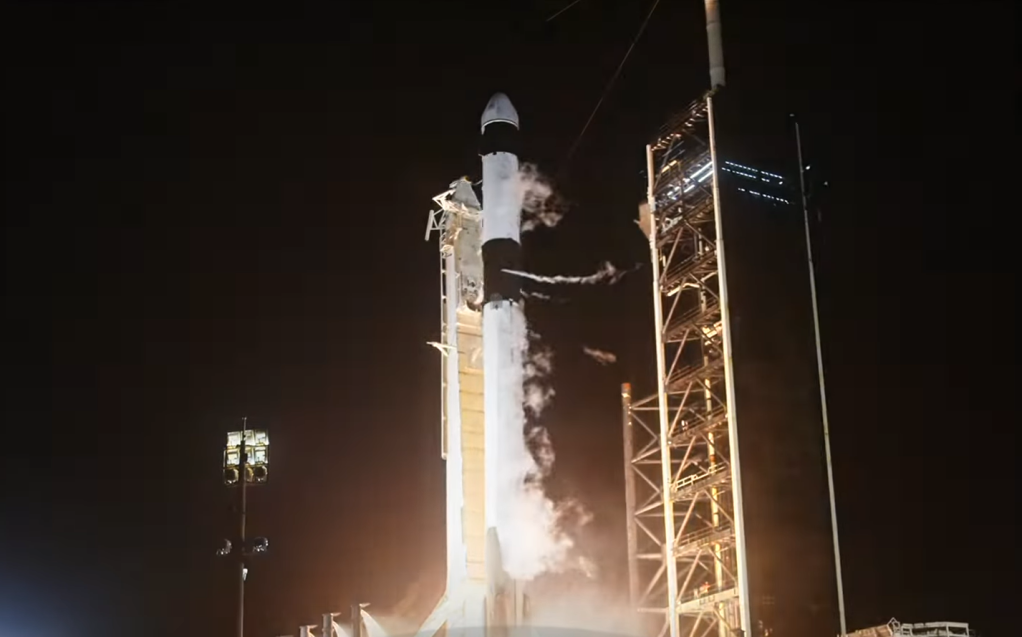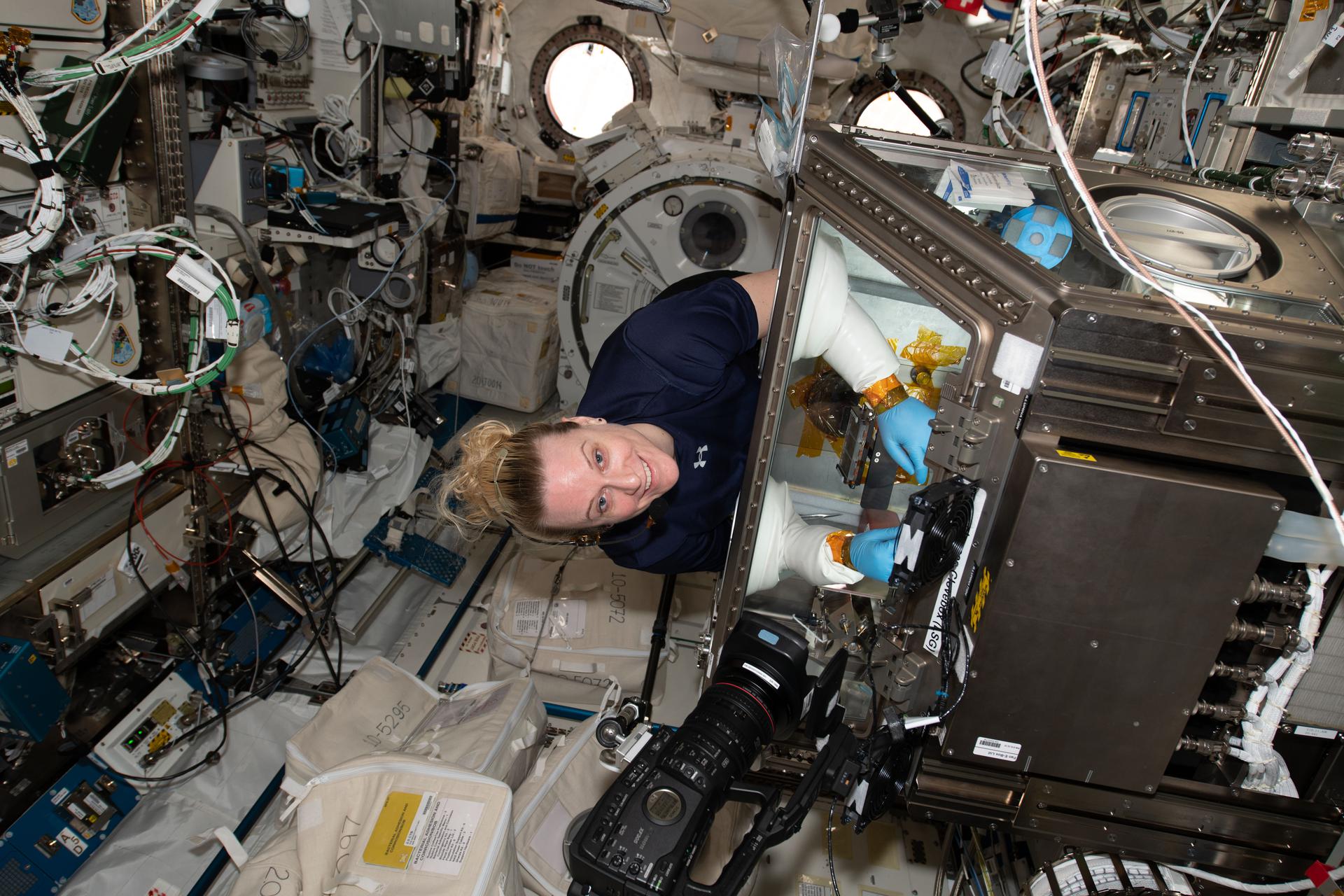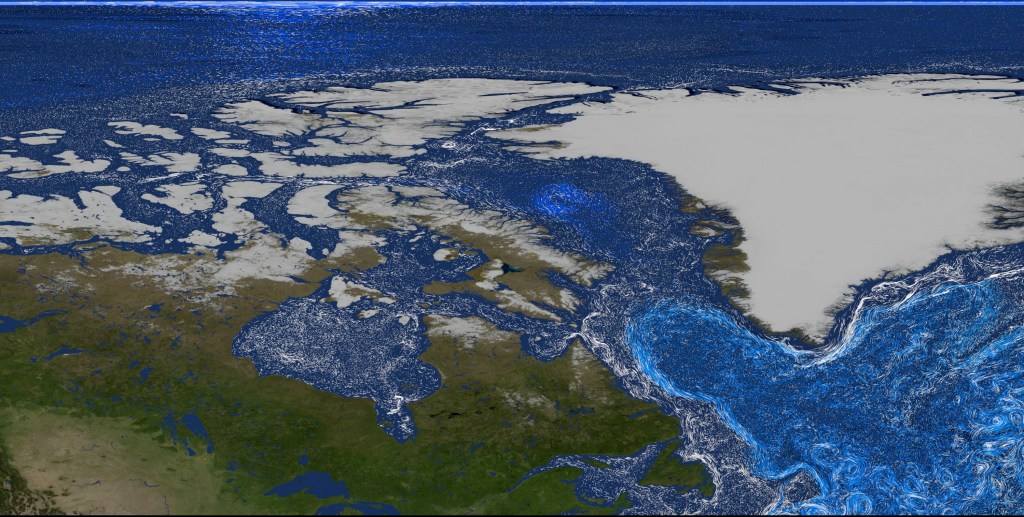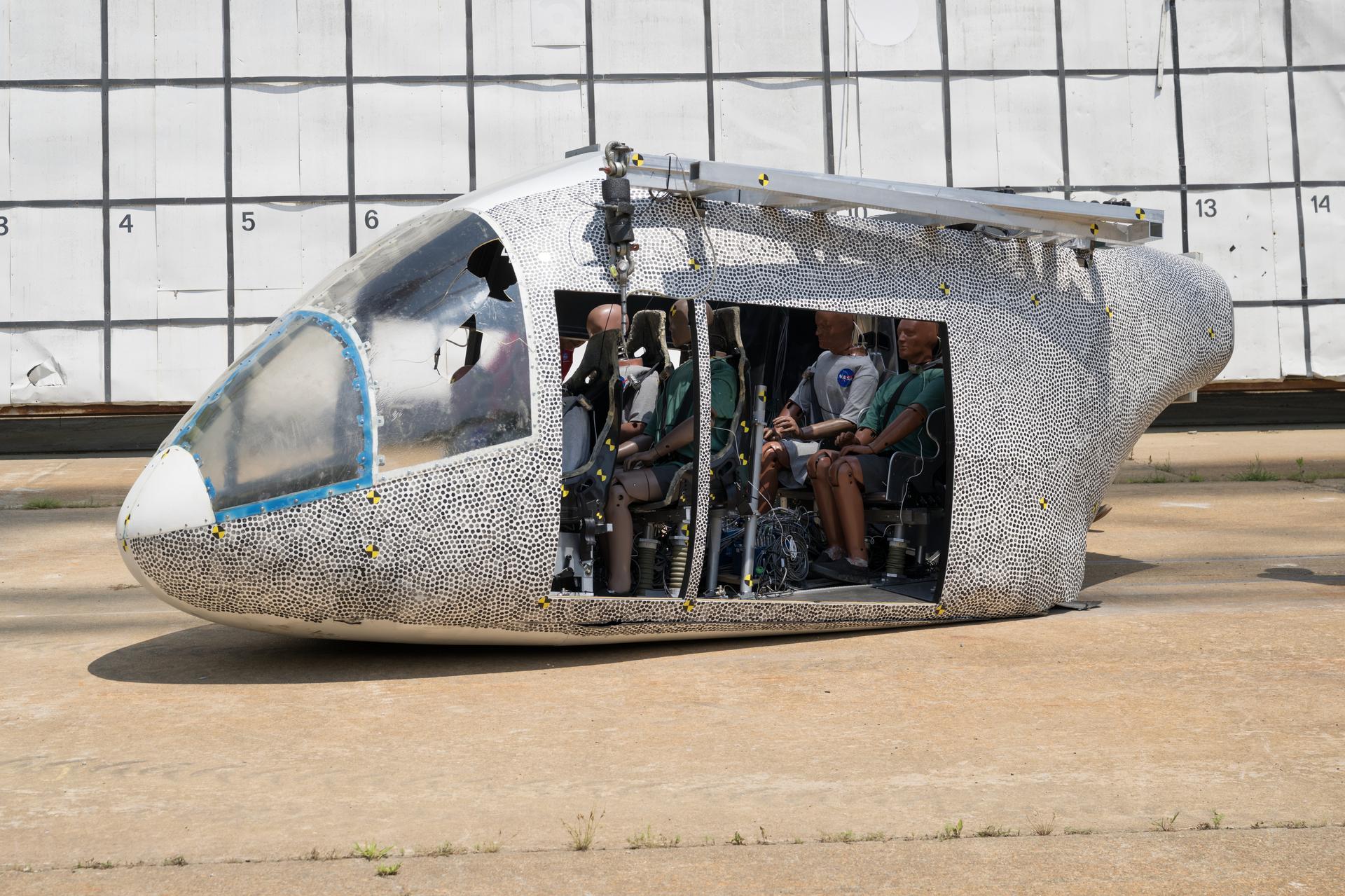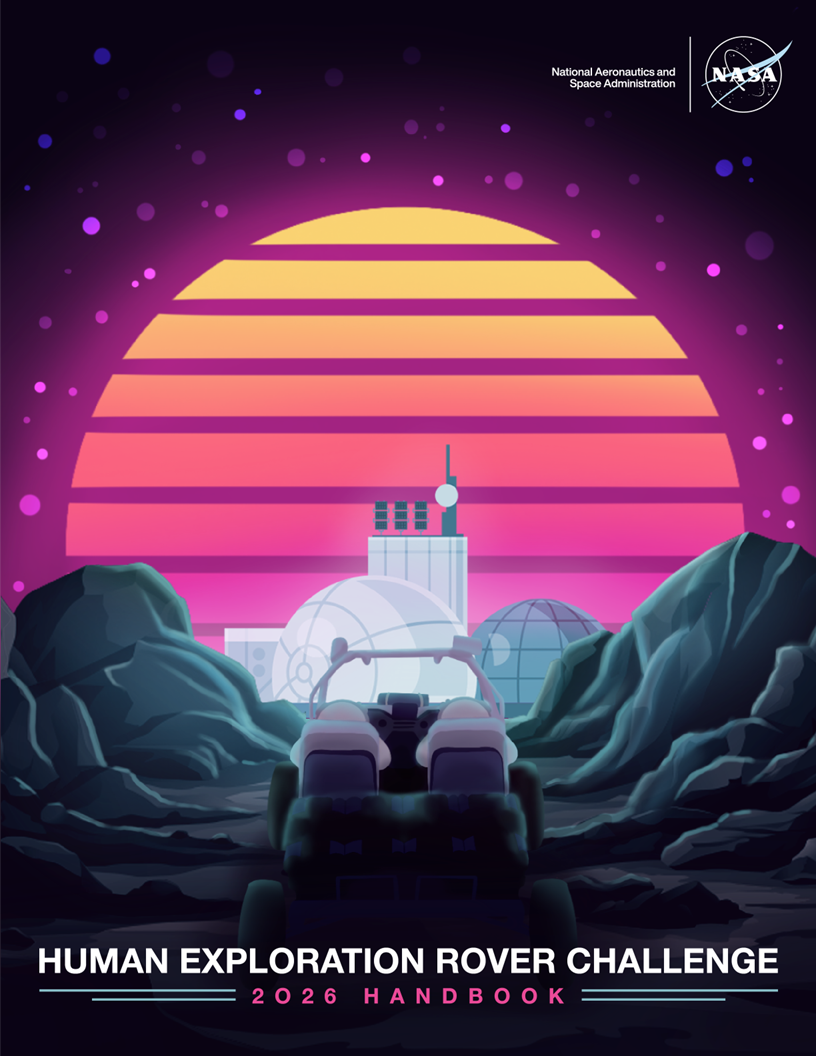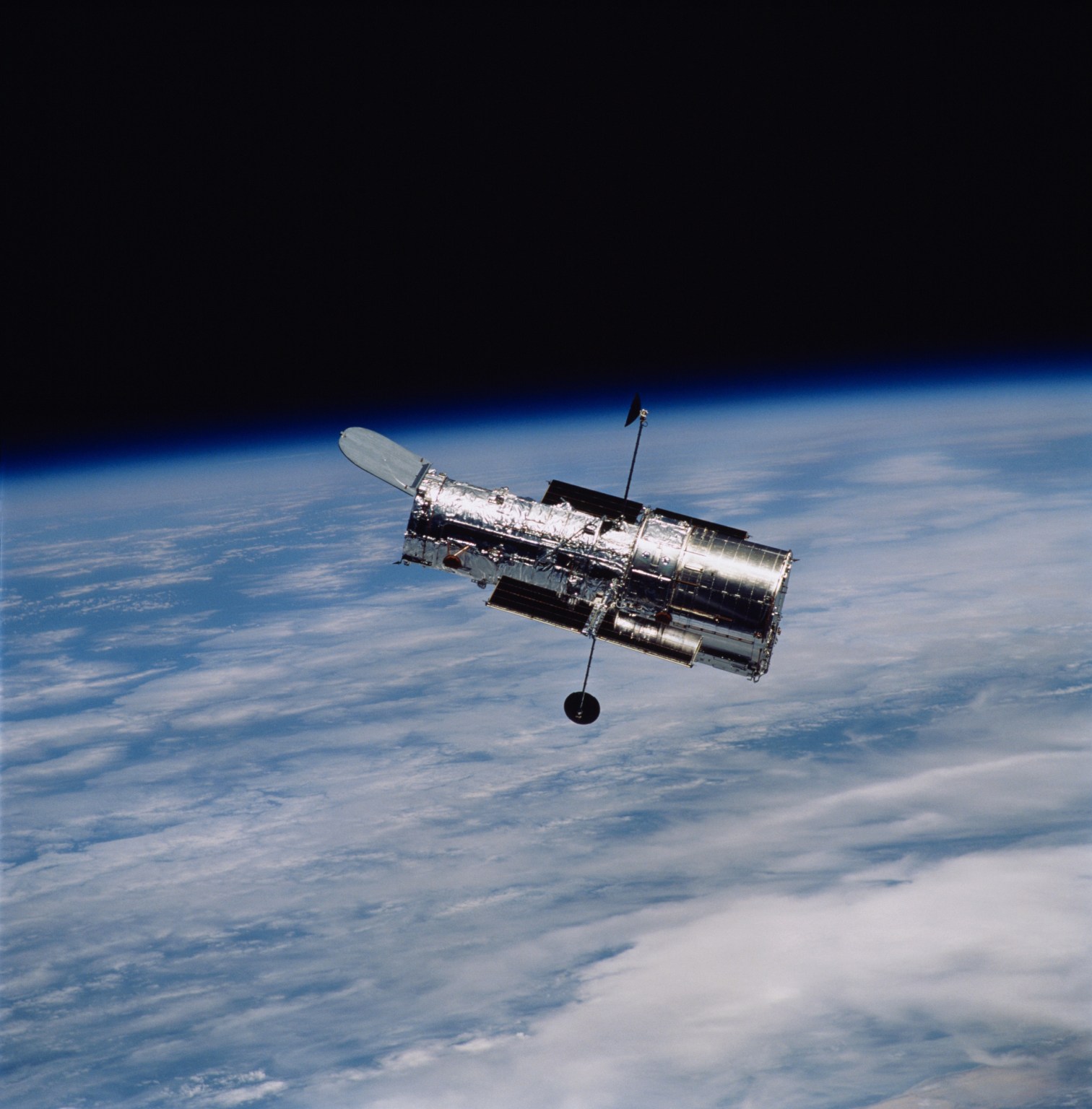1 min read
Gas Plume Near the Edge of the Orion Nebula

A NASA Hubble Space Telescope "true color" mosaic image of a small portion of the Orion Nebula, taken the Wide Field and Planetary Camera (in wide field mode).
Hubble shows a wealth of detail never seen before in the nebula. New features include: elongated objects oriented on the brightest stars in this region (which are located just off the edge of the picture); rapidly expanding plumes of material around young stars; and protoplanetary disks.
This color photograph is a composite of separate images taken at the wavelengths of three abundant elements in the nebula: Hydrogen, Oxygen and Nitrogen. The images were taken August 13 and 14, 1991.
The image is 1.29 light-years across.
About the Object
- R.A. PositionR.A. PositionRight ascension – analogous to longitude – is one component of an object's position.05h 35m 17.29s
- Dec. PositionDec. PositionDeclination – analogous to latitude – is one component of an object's position.-5° 23' 27.99"
- Object NameObject NameA name or catalog number that astronomers use to identify an astronomical object.Orion Nebula
- Release DateDecember 16, 1992
- Science ReleaseNASA’s Hubble Space Telescope Discovers Protoplanetary Disks Around Newly Formed Stars
- CreditCredit: C.R. O'Dell (Rice University), and NASA
Related Images & Videos

Gas Plume From a Newborn Star in the Orion Nebula
A NASA Hubble Space Telescope picture of a hypersonic shock wave (lower right) of material moving at 148,000 miles per hour in the Orion Nebula, a star-forming region 1,500 light-years away. Studies of similar objects infer that such highly supersonic shock waves are formed by...

Close-up of Three Protoplanetary Disks in the Orion Nebula
A NASA Hubble Space Telescope picture of three protoplanetary disks, called "proplyds" in the Orion Nebula, a star-forming region 1,500 light-years away. Each proplyd appears as thick disk with a hole in the middle where the cool star is located. Radiation from nearby hot stars...
Share
Details
Claire Andreoli
NASA’s Goddard Space Flight Center
Greenbelt, Maryland
claire.andreoli@nasa.gov

